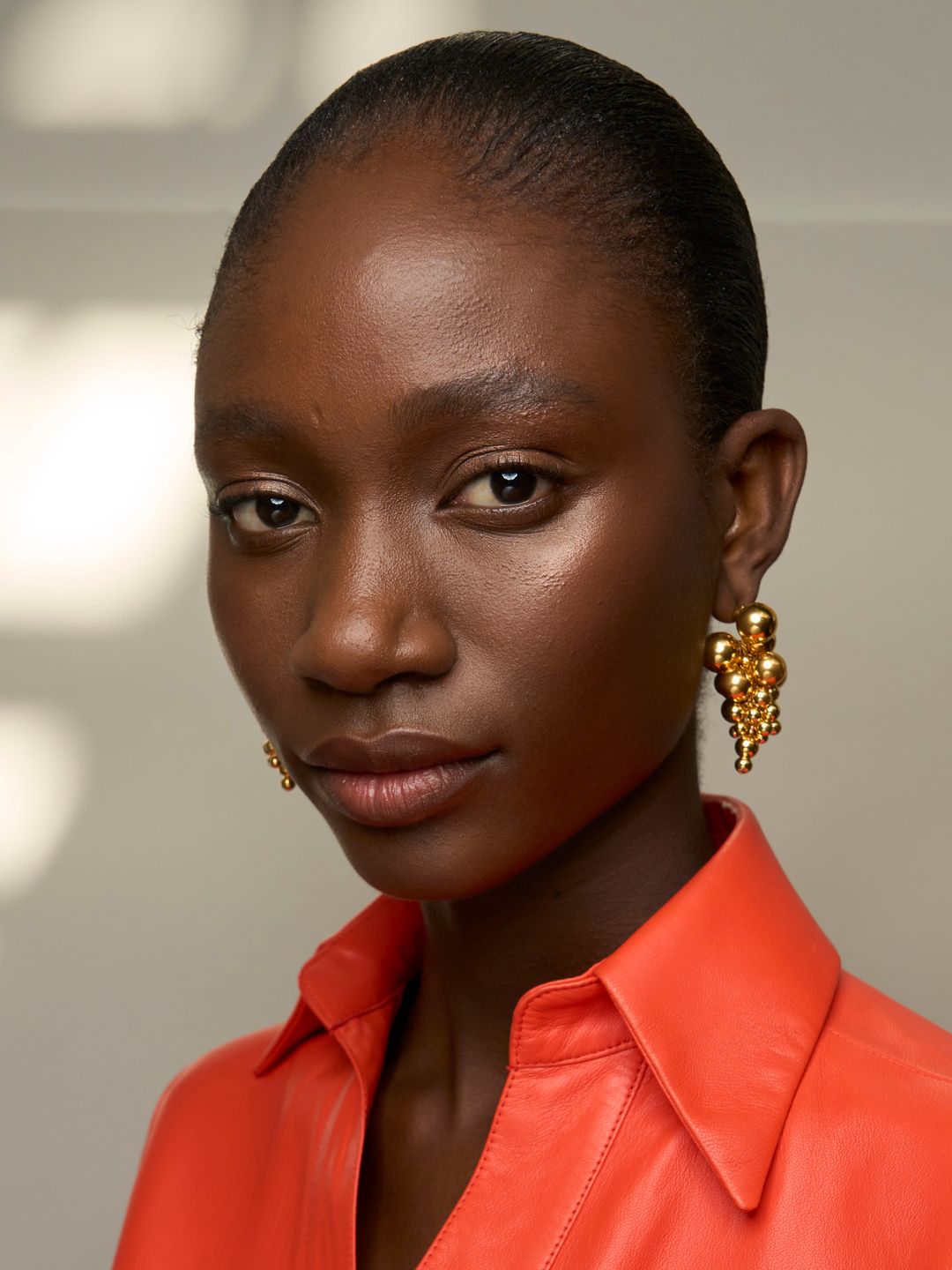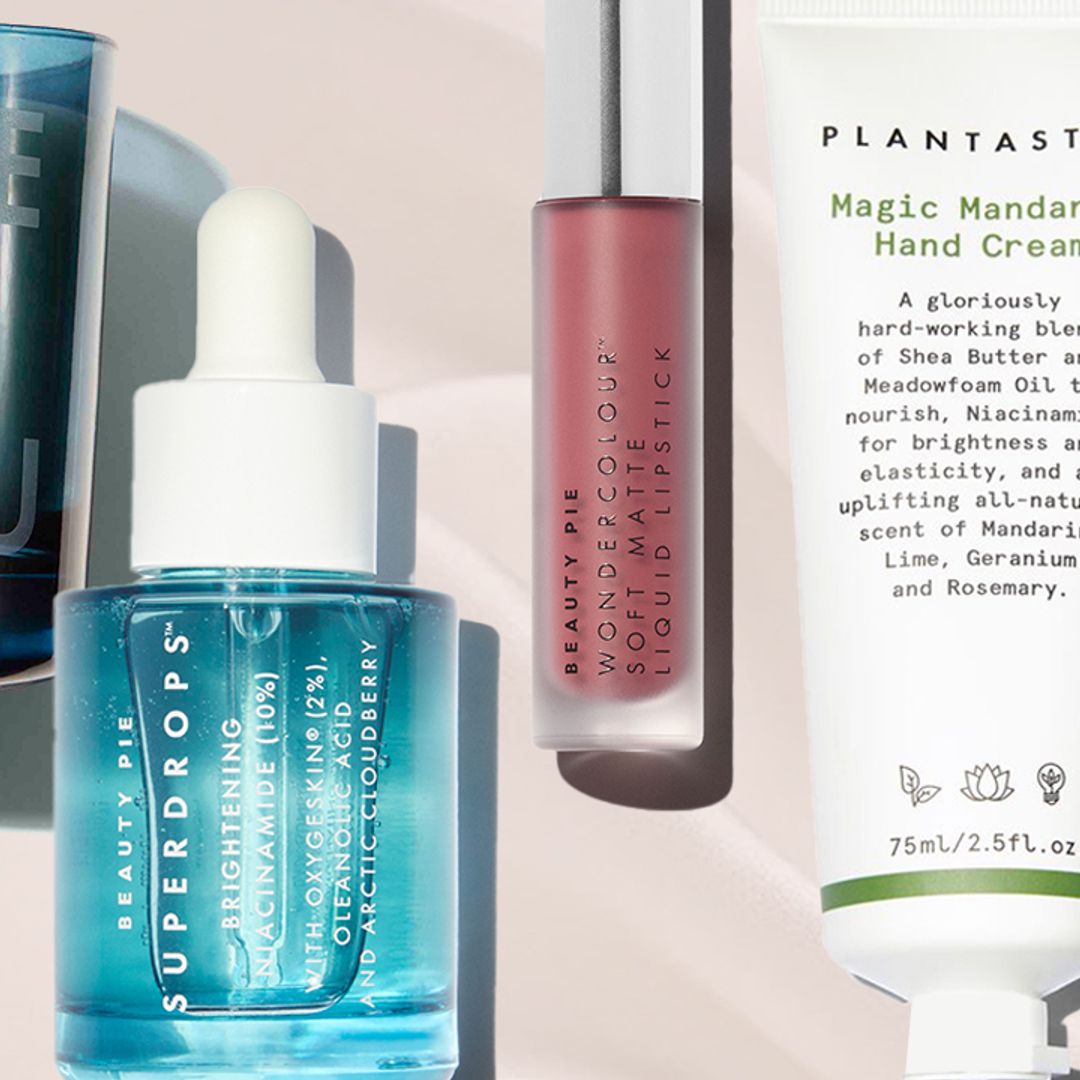For those not in the know, it can feel as though the concept of contour is shrouded in mystery. For every beauty sage who painstakingly paints on an intricate framework, there is a bewildered onlooker, admiring the tutorial from afar without daring to dip their toe in.
Hesitancy is understandable, given how the technique relies on a certain degree of makeup knowledge. Harnessing the power of optical illusion, contour plays with light and shadow to reshape the face. But if we've learnt anything since the golden age of Instagram makeup (i.e. the 2010s), it's that super-sculpted angles – fabulous through a hazy, filtered lens – can be a lot less forgiving IRL.
What is contouring?
Even without a Kardashian-grade glam squad, it's entirely possible to slot some contouring trickery into your makeup routine. A favourite among silver screen artists, the age-old technique involves using darker, shadow-like shades and strategic placement to fashion the appearance of a more sculpted facial structure. It allows you to emphasise certain features, or downplay others, by creating a sense of dimension.
"Contouring is all about shaping the face and adding definition where you want it," explains makeup mogul and entrepreneur Jamie Genevieve. "For example, on a rounder face you can enhance the bone structure in your cheekbones and jawline. It can make a huge difference to the overall finish of your makeup by contouring underneath your bronzer and blush."
MORE: Best cream blushes for a fresh, healthy flush – tried & tested
READ: How to apply lip liner for a full, pillowy pout
Jamie astutely points out that when most of us think of the technique, we automatically associate it with sharp, could-cut-glass cheekbones, overlooking its potential breadth.
"I think there is a misconception that contour is just for your cheeks, but you can contour your eyes to make your eyes appear larger, you can contour your lips to make them appear fuller. You can also contour your forehead to make it appear a bit shorter, and you can contour your chin and jaw area as well. I think the ideal contouring is to achieve harmony in your face."
READ: How to apply bronzer correctly for the perfect summer glow
RELATED: How to apply foundation correctly - according to a celebrity makeup artist
How to choose the right shade
In the pursuit of the perfect contour colour, pay attention to what your skin looks like with a natural shadow cast over it – likely to be cool and greyish. "Try and find something that is maybe a step darker than your usual bronzer shade and that is not as warm-toned either," Jamie advises. Be wary of going too dark, as this can cause you to end up looking super chiselled rather than softly sculpted.
Cream vs. powder
Deliberation over the 'best' formula boils down to whichever one you are most comfortable using. Cream blends into the skin beautifully, effective at creating a dewy, fresh finish, whereas oilier types may prefer powder for superior staying power and to minimise shine. "Cream contours have a lot more flexibility and stretch than powder. Another benefit is that it's more hydrating, which is great for more mature and drier skin who might like the finish better," Jamie explains.
For maximum longevity, she subscribes to the nifty makeup artist trick of combining the two, using products from her own eponymous line, Vieve – a smash-hit among beauty editors. "I recommend starting with creams first for a naturally radiant complexion such as the Modern Radiance Cream Bronzer before setting them in place for a longer-lasting finish with powder formulas, like the Modern Bronzer."
The technique
The pitfall of the modern makeup tutorial – following it within an inch of its life, without accounting for the fact that face shapes differ from person to person. "I think sometimes people follow trends that maybe don't quite translate to their face shape," Jamie says. "Most often, people make the mistake of contouring too low, which can actually drag the face down."
Placement
After applying your usual base, think about where shadow naturally hits your face. Areas to focus on may include the forehead, cheekbones, temples, and jawline. For a typical, sculpted cheekbone look, lightly press your fingertips into the apples of your cheeks, moving outwards to feel your bone structure and work out where the hollows naturally sit – this is where you want to apply your product, but not too low so it still feels lifted rather than sunken.
Application
Jamie's biggest tip relates to the less is more approach. "Especially if it's something you've not tried before – you really don't need to use a huge amount of product," she says. With a cream formula, try dotting it on either with a sponge or your fingers rather than a thick swipe – less room for error.
Blending
For a natural, seamless effect, blending is key. "Depending on the brush you're using, it can be used for both cream and powder, but if you're layering them over one another, just make sure to use different brushes," Jamie says. "I like using Vieve's 127 Powder & Bronze Brush [tapered and precision-focused] for powders and the 117 Foundation Brush [domed and densely packed] for creams." For an extra hit of radiance, she advises misting a luminous setting spray over the top of the contour dots and blending it out with a sponge – "You'll thank me!"













